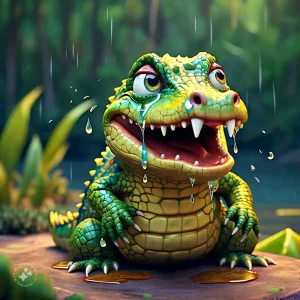Have you ever looked at your fingers closely and noticed the tiny ridges and patterns on them? These are called fingerprints, and they’re unique to every person. No two people in the world have the same fingerprints, not even identical twins! But what exactly are fingerprints, and why do we have them?
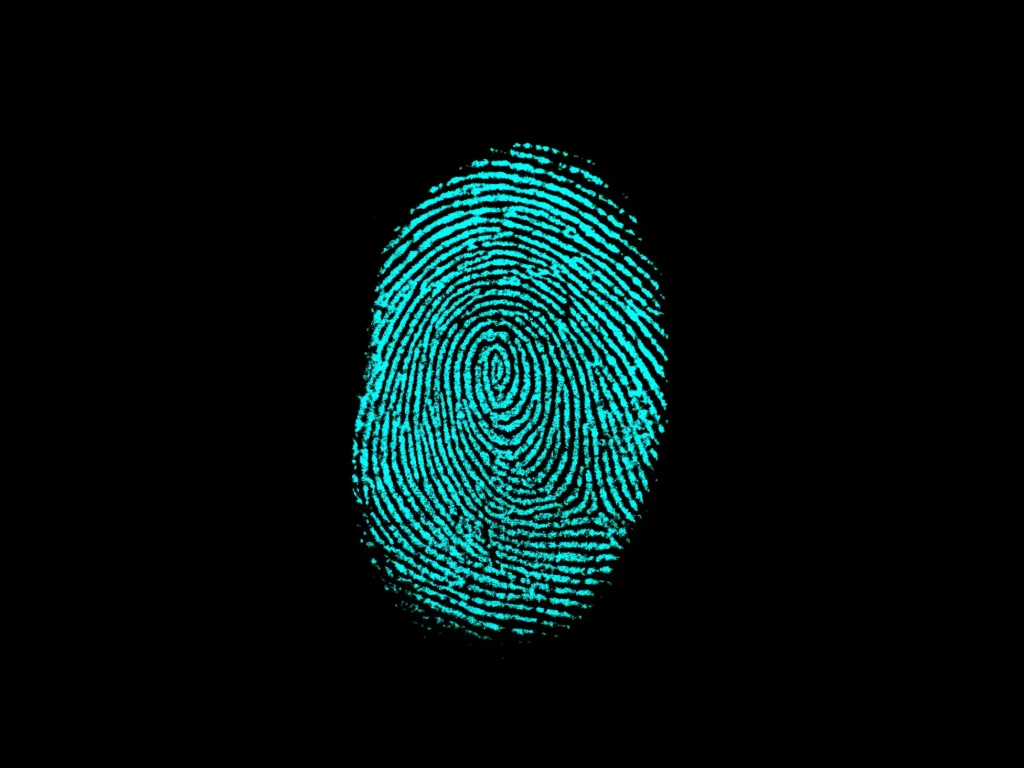
How Are Fingerprints Formed?
Fingerprints begin forming even before you’re born, while you’re still growing inside your mother’s womb. Around the 10th week of pregnancy, the skin on your fingers and toes starts developing ridges. These ridges become the patterns that make up your fingerprints. These patterns are influenced by a combination of genetic factors (from your parents) and random environmental conditions in the womb, such as the pressure from surrounding tissues.
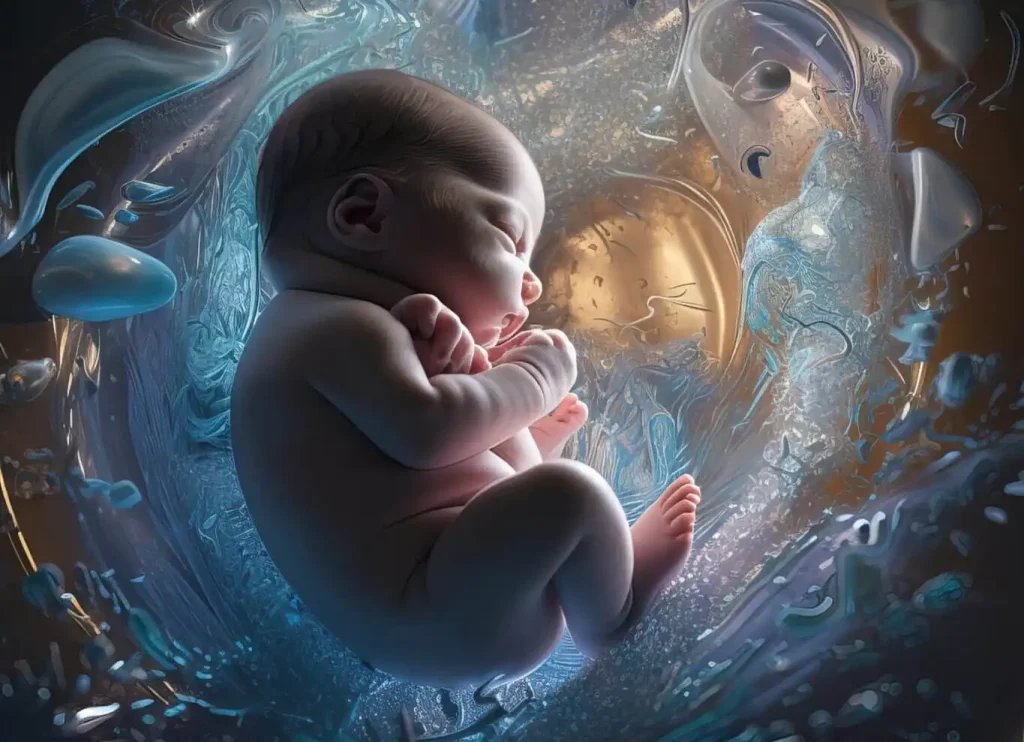
Your fingerprints are made up of ridges and valleys. The ridges are the raised parts, while the valleys are the lower parts. Together, they create patterns that fall into three main types:
- Loops – The most common pattern, found in about 60-65% of people.
- Whorls – Found in about 30-35% of people.
- Arches – The rarest type, seen in only about 5% of people.
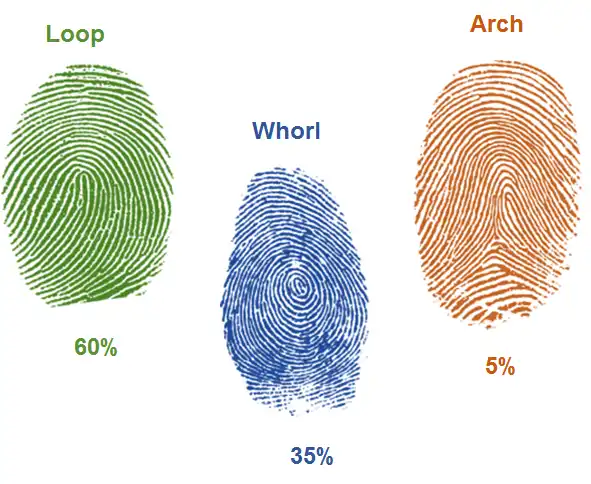
Why Do We Have Fingerprints?
Scientists believe that the ridges in our fingerprints help us grip objects better. Imagine trying to hold something slippery, like a wet bar of soap. Without those ridges, it would be much harder to hold onto things! The ridges increase friction between your fingers and the object you’re holding, which makes it easier to grab and hold onto things
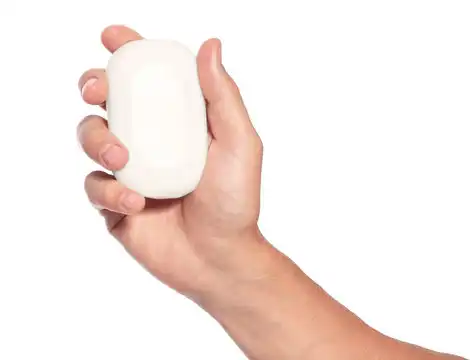
Fingerprints and Identification
Fingerprints have been used for hundreds of years to identify people because they’re unique to each individual. In fact, fingerprints were first used as a method of identification in the late 19th century by police forces in Europe.

But why are fingerprints so reliable for identification? It’s because your fingerprints don’t change over time. Even if you get a cut or a scar on your finger, the overall pattern of your fingerprints will stay the same. This makes them perfect for things like forensic science – the science of solving crimes. When investigators find fingerprints at a crime scene, they can compare them to a database of known fingerprints to identify who was there
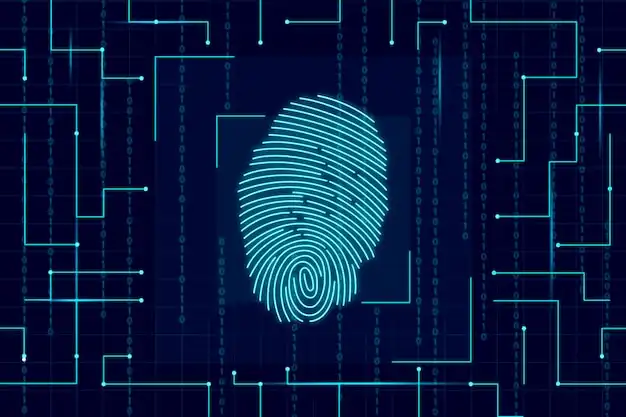
How Are Fingerprints Collected?
At a crime scene, fingerprints can be found on many surfaces, like glass, metal, or plastic. To collect them, forensic scientists often use special powders or chemicals that make the fingerprints visible. Once the print is visible, they carefully lift it using transparent tape and preserve it for further analysis
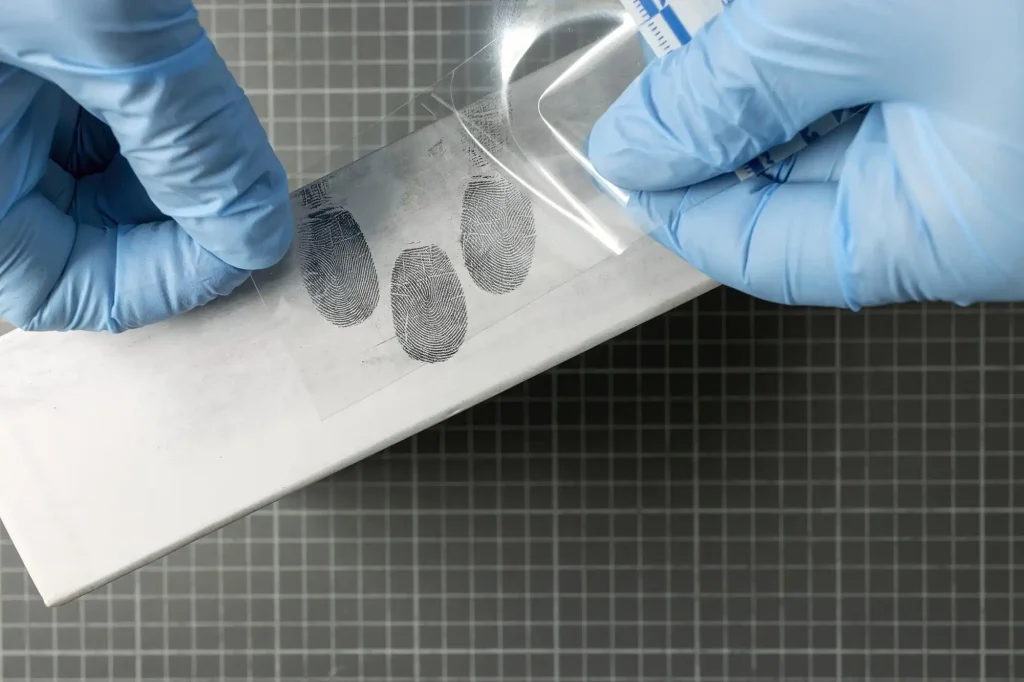
Today, modern technology allows scientists to scan fingerprints using digital devices, which can then be matched with huge databases of fingerprints from all over the world. You might have even seen fingerprint scanners used for security purposes, like on smartphones.

Why Are Fingerprints Unique?
Even though fingerprints can look similar at a glance, they are incredibly detailed and unique. The chances of two people having the same fingerprint pattern are extremely low – about one in 64 billion! This uniqueness is due to the minutiae points, which are tiny details in the ridges that can vary in direction, shape, and length

Not only are your fingerprints unique, but the ridges on your palms and feet are also different from everyone else’s, even though they don’t look as clear as those on your fingertips.
Fingerprints in Technology
Today, fingerprints are used for more than just solving crimes. Many devices, like smartphones, laptops, and even door locks, use fingerprint recognition technology for security. This is called biometrics, which refers to using physical characteristics, like fingerprints, to identify someone.

Biometric systems work by scanning your fingerprint and creating a digital map of the ridges and valleys. This map is stored in the device’s memory. When you try to unlock the device again, it scans your finger and compares it to the stored map. If they match, you’re granted access.
Fun Fingerprint Facts
- No Two Fingerprints Are Alike: Every human being, even identical twins, has a unique set of fingerprints
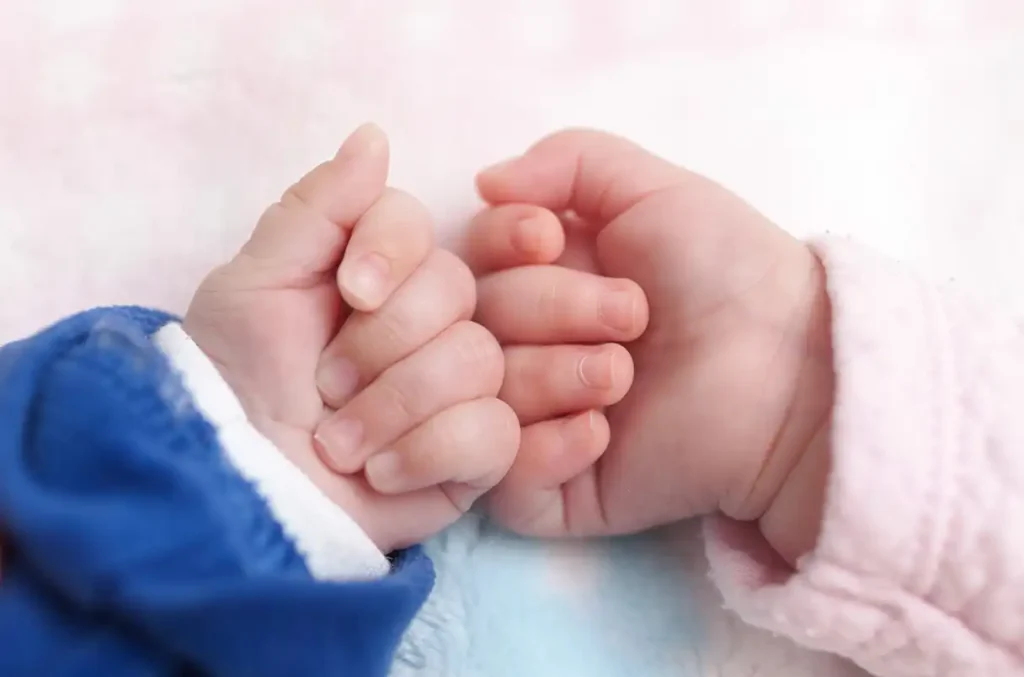
- Animal Fingerprints: Humans aren’t the only ones with fingerprints! Koalas, for example, have fingerprints so similar to humans that it’s almost impossible to tell them apart, even under a microscope.
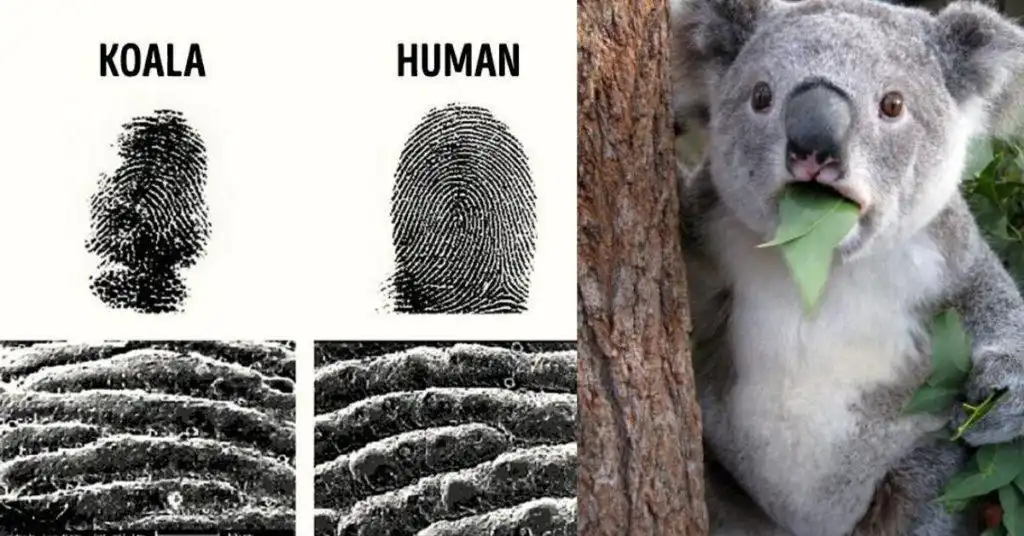
- Permanent Patterns: Fingerprints are formed before you’re born and remain the same throughout your life. Even burns or small cuts won’t alter them permanently.
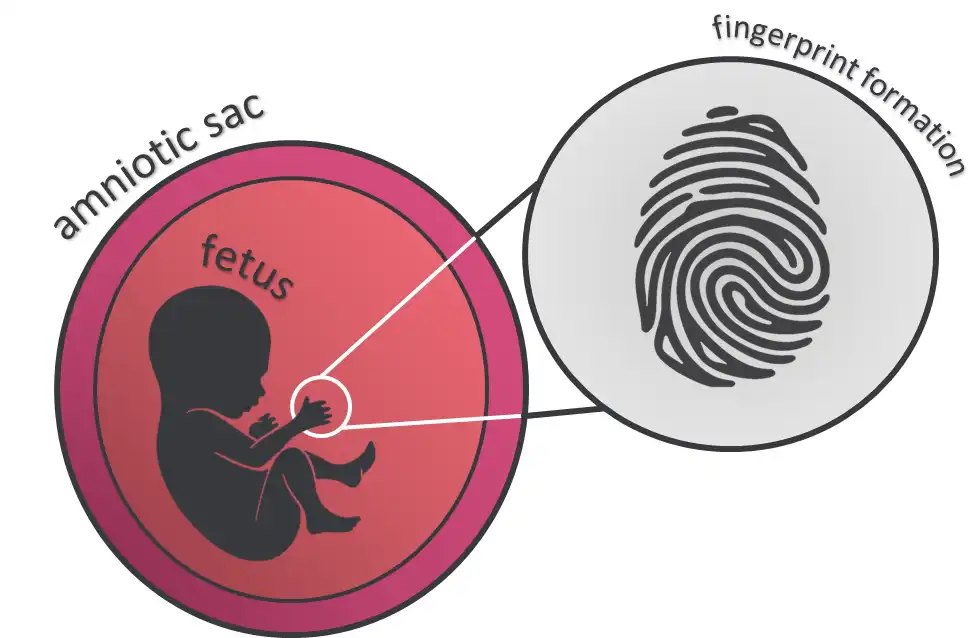
- Forensics: Fingerprint identification is a critical tool for forensic scientists in solving crimes. By comparing prints found at crime scenes with databases, investigators can link suspects to criminal activities\
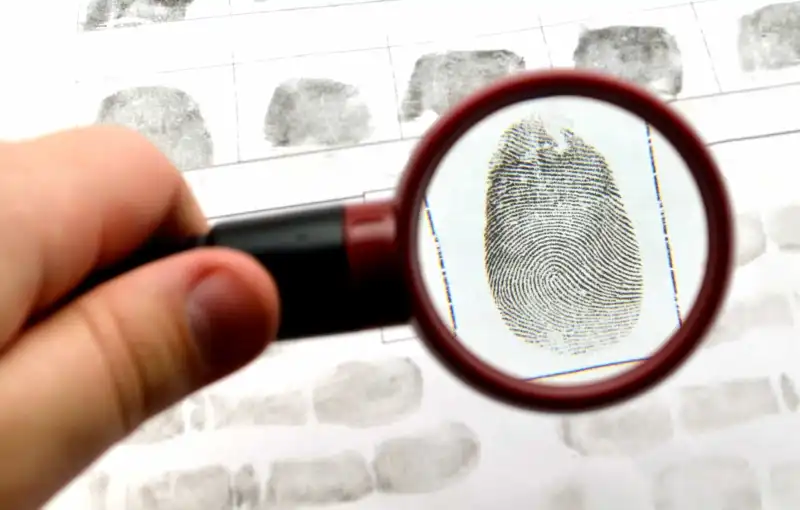
Conclusion
Fingerprints may seem like small, simple ridges on our fingers, but they play a crucial role in our daily lives. From helping us grip objects to securing our smartphones, and from identifying criminals to unlocking secrets in forensic science, these tiny patterns are far more significant than they appear. Next time you look at your fingertips, remember how special and unique they truly are!
For more interesting articles, please visit www.kidzherald.com


